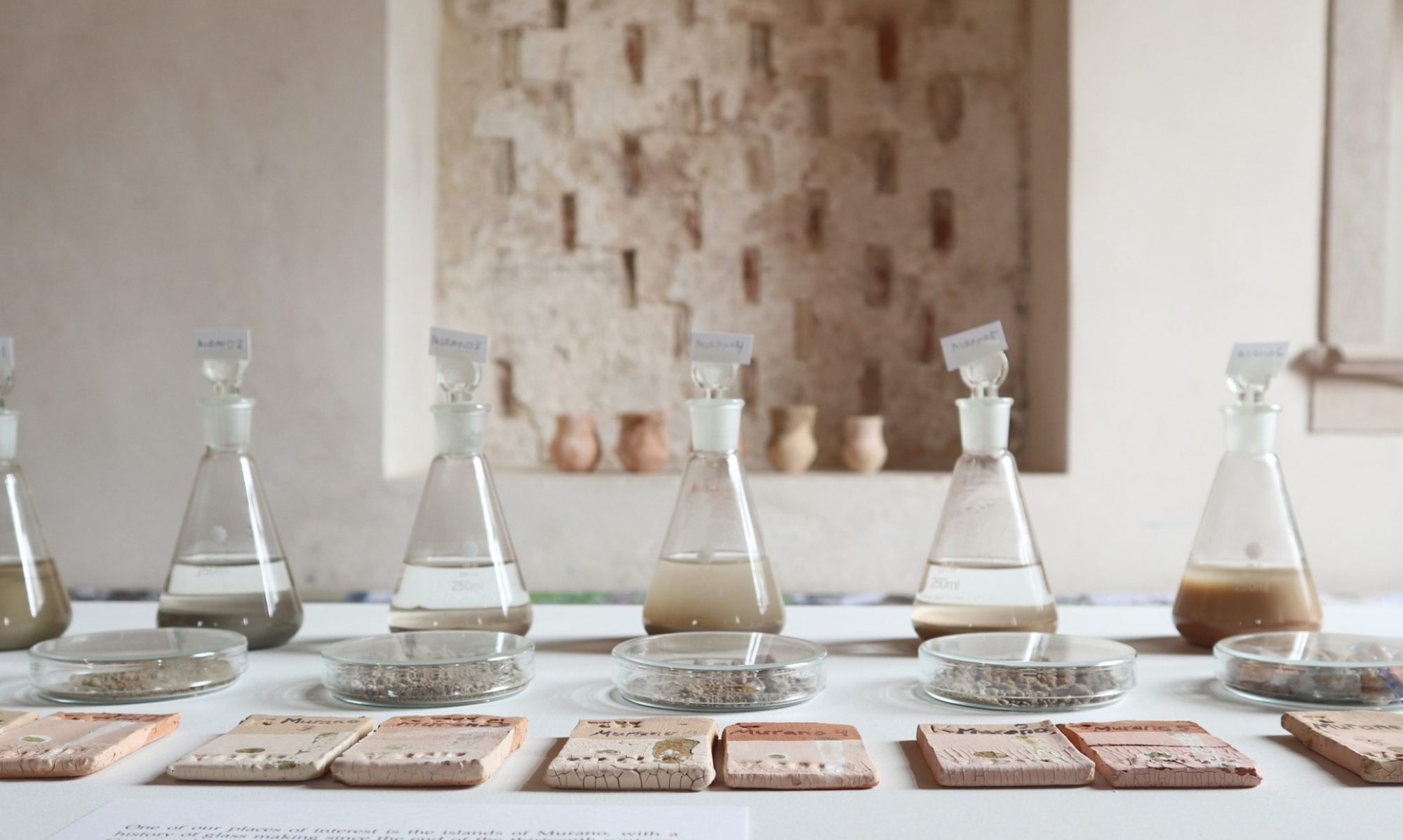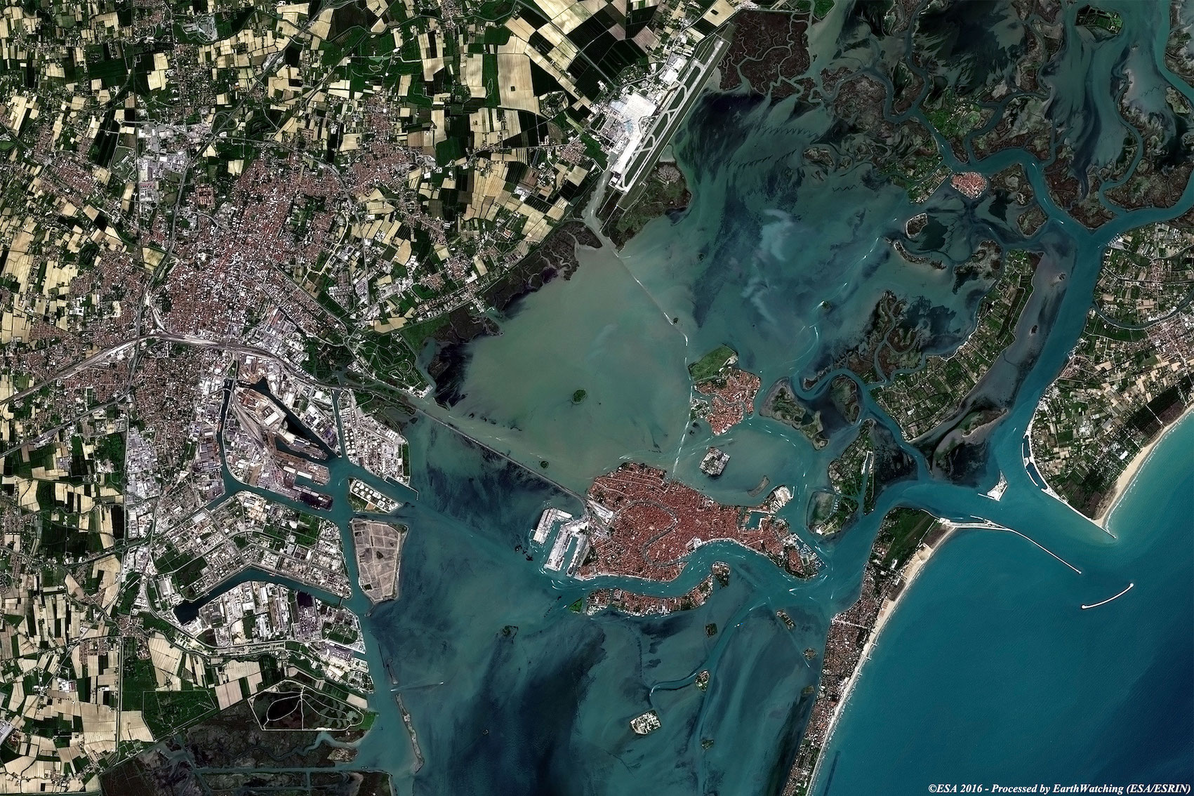
Image: ESA 2016 CC BY-SA 3.0 IGO
MATERIAL GATHERING . Through reading existing environmental research from the area, we selected three sites of interest for further investigation. Our first place of interest was the historical center of Venice, where the contaminants derive mainly from domestic activities and tourism. The second place of interest was the area of Porto Marghera, where a vast industry has been present for about a hundred years. The island of Murano, which has had a history of glassmaking since the end of the thirteenth century, formed the third place of interest. Murano was selected as it presents a very particular industry as a source of heavy metal contamination and also because it offers a possibility for us as craft practitioners to closely examine the traces of our practices.
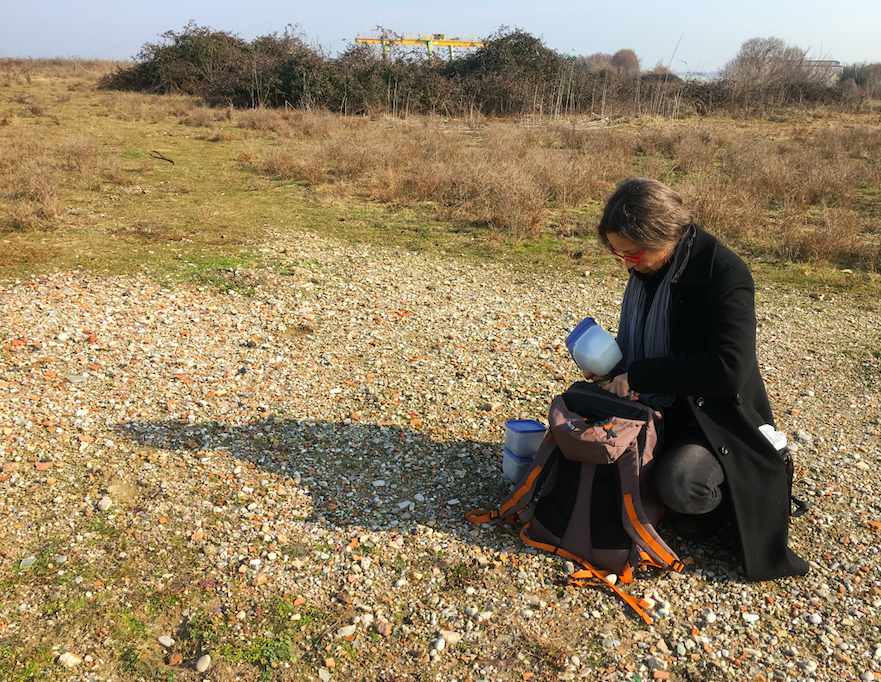
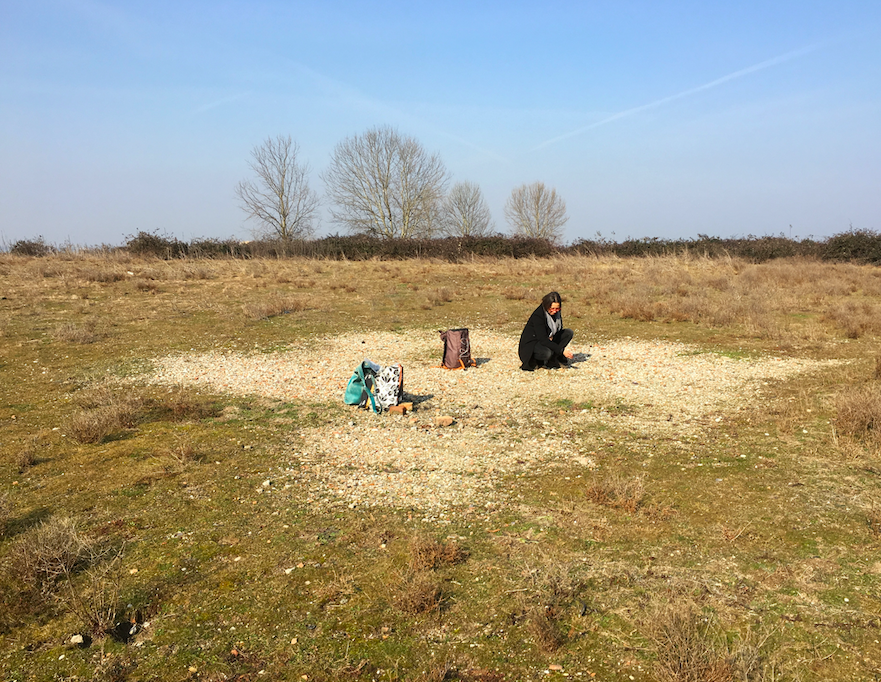
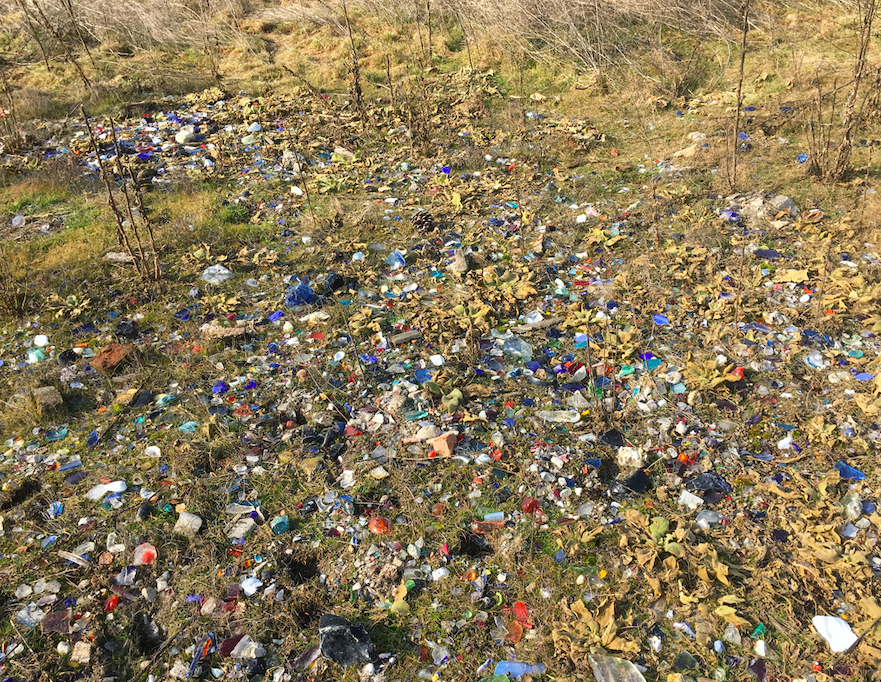
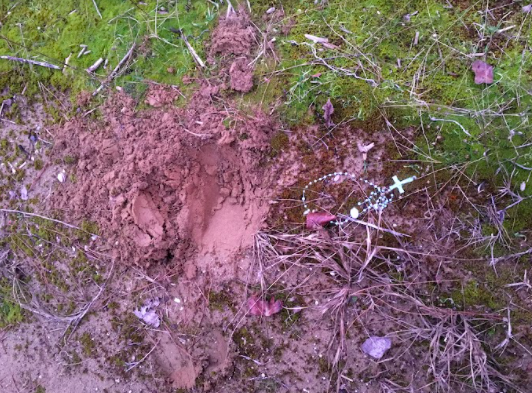
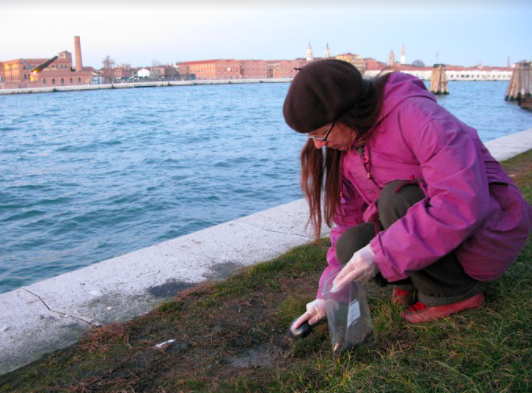
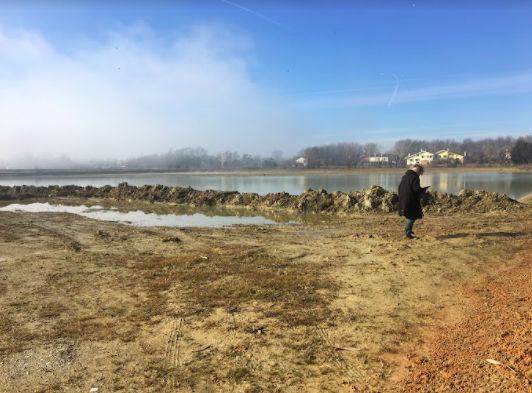
We collect our first samples in a public area by the pavement by the dock. A path takes us to the barren land in the centre of the island past the vietato (forbidden) signs. As we walk, we can feel glass crunching under our soles. There are denser areas of glass and construction waste, broken tiles, and small bits of concrete covered with soil and rough vegetation in its wintry state. Grasses, bushes, small trees, and rabbits inhabit the island. The shoreline is a colourful combination of tile, glass, concrete, driftwood, and plastic. Sand and stones are in the minority there. The shoreline reveals the cross section of the island [where the sea had eroded parts of it away and the various layers of material that made up the island were revealed.]. We leave the land quiet. With small plastic bags filled with soil samples in our backpack, we find our way to the vaporetto discussing … the ugly trash of the wasteland and the chemically harmful industrial waste that has leaked into the Lagoon. (Working diary, Riikka Latva-Somppi, 9.2.2019)
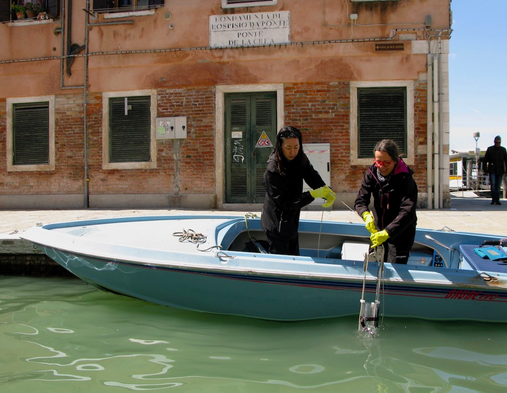
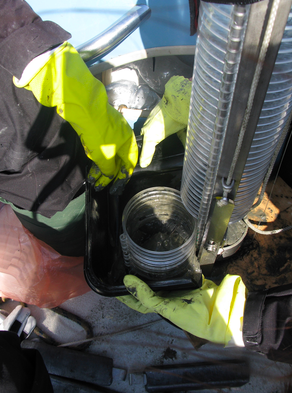
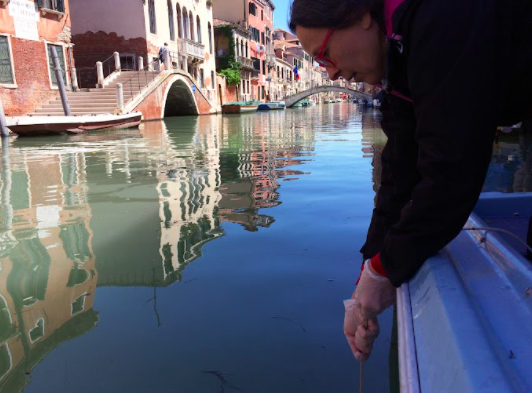
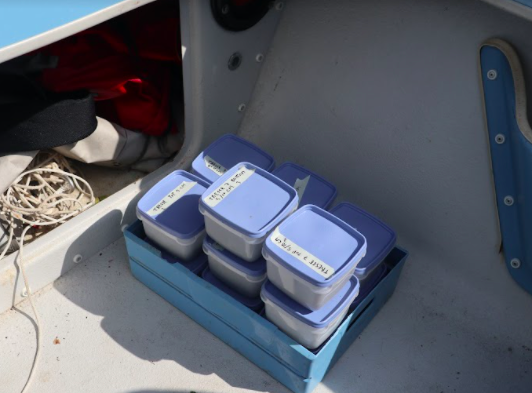
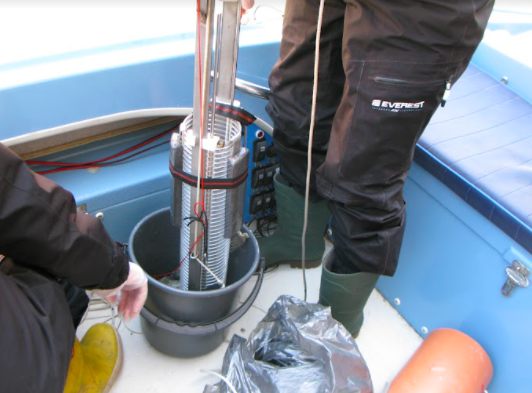
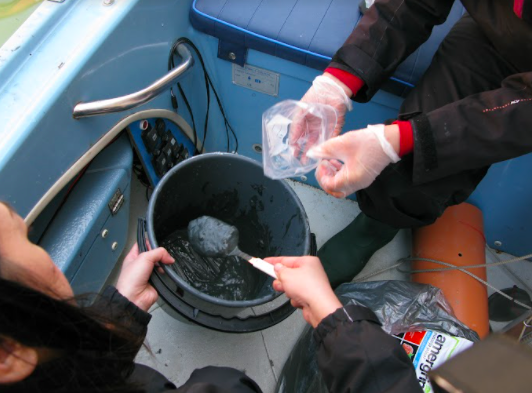
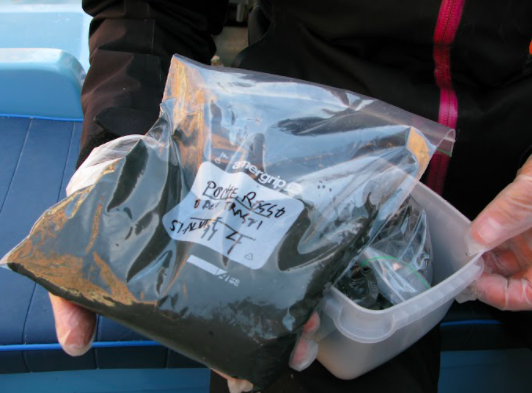
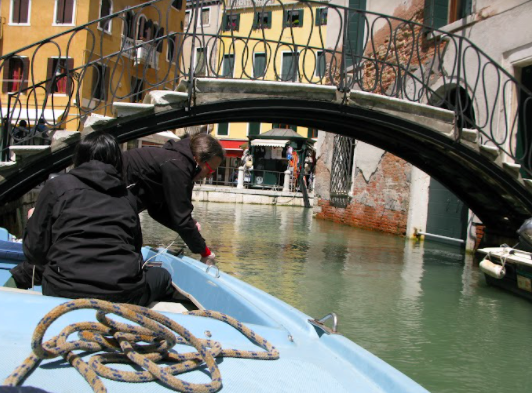
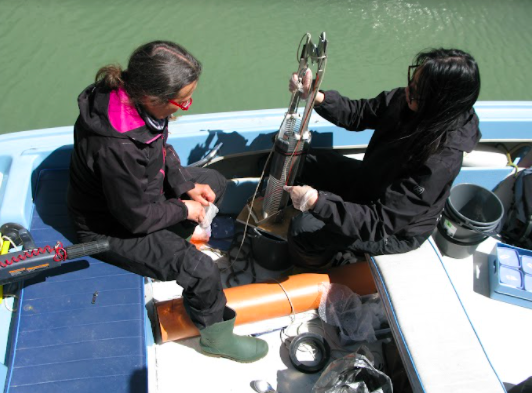
To the right is the island of Tresse... built in the Lagoon in 1993 to take in the dredged material from the canals of Venice. Piles of grey matter are dripping from the banks of the island where the dredged sediment has been taken in to be transported to the inner areas of the island by little red trucks. We sail the boat round to the northeast side of Tresse. As we approach the spot that, according to previous studies, is a) a spot with a muddy bottom and b) one possibly containing a heightened amount of iron and chromium, we notice a row of sticks coming up vertically from the sea... fishing nets... We put on our thicker plastic gloves and lower the Limnos. (Working diary, Riikka Latva-Somppi, 6.5.2019)
MATERIAL ANALYSING . The collected soil samples were transported to Finland, where they were processed and chemically analysed in the laboratory of Chemical and Metallurgical Engineering at Aalto University. We also used ceramic material research methods in the ceramic research laboratory premises at Aalto University. These methods included milling the soil and sediments to very fine slips which can then be applied to clay test pieces to see what colours and surfaces they generate when fired. Examining the tactile qualities of the samples, milled materials, and fired pieces was also part of the analyses.
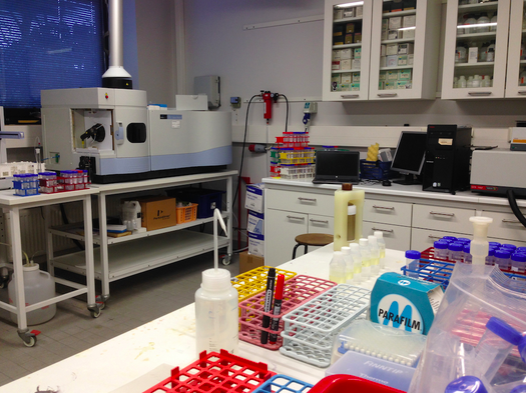
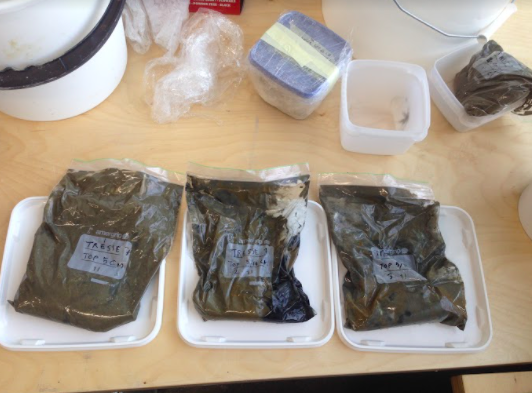
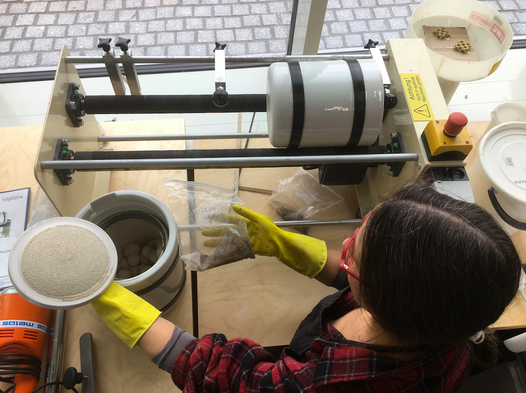
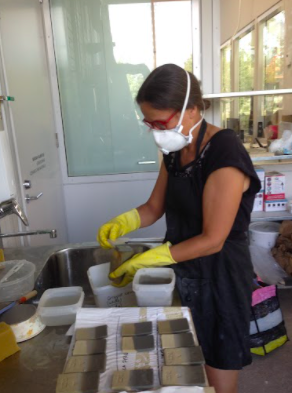
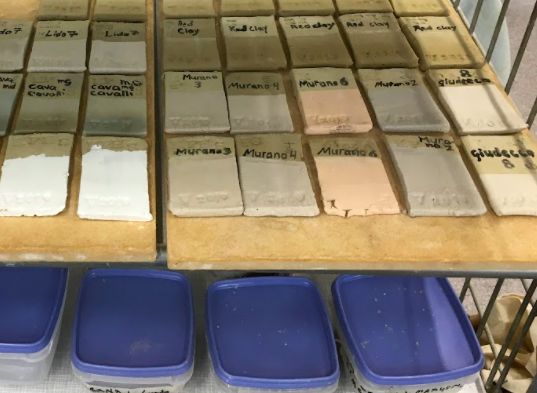
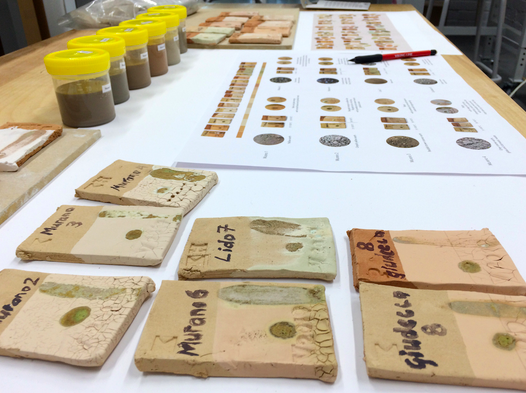
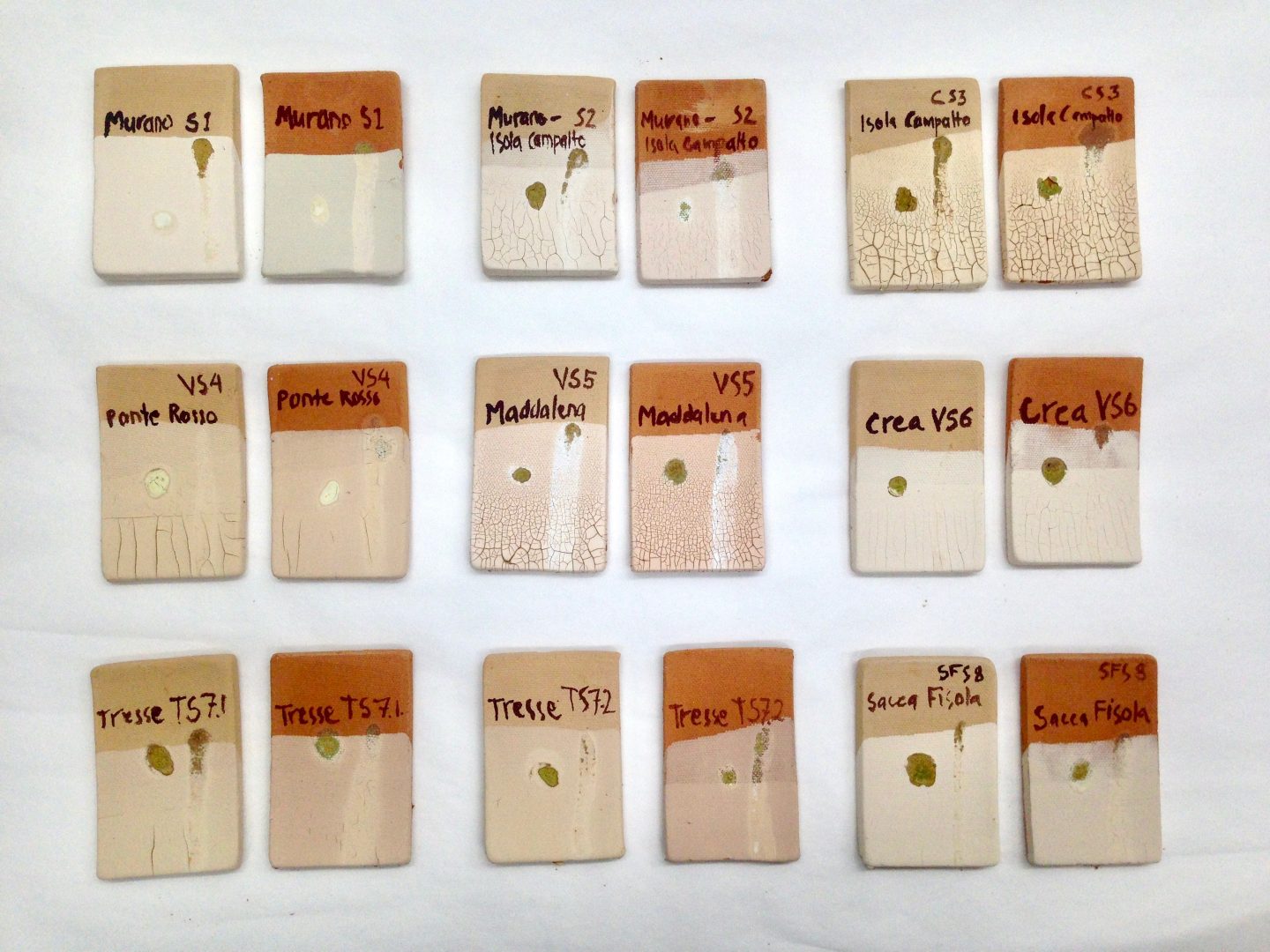
For further information please see the links below.
